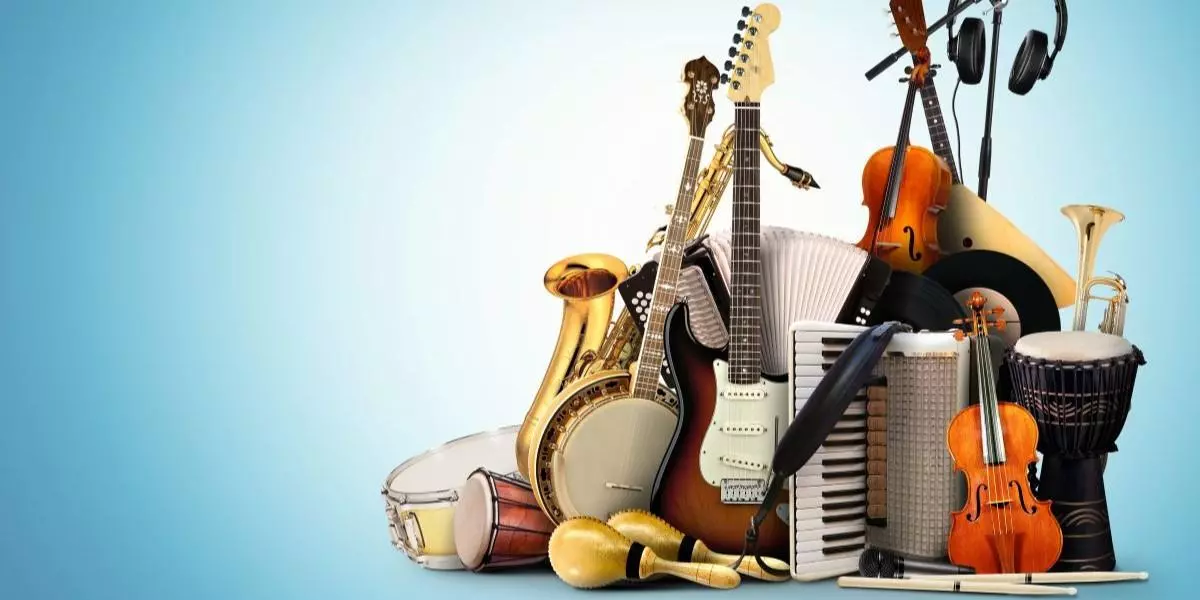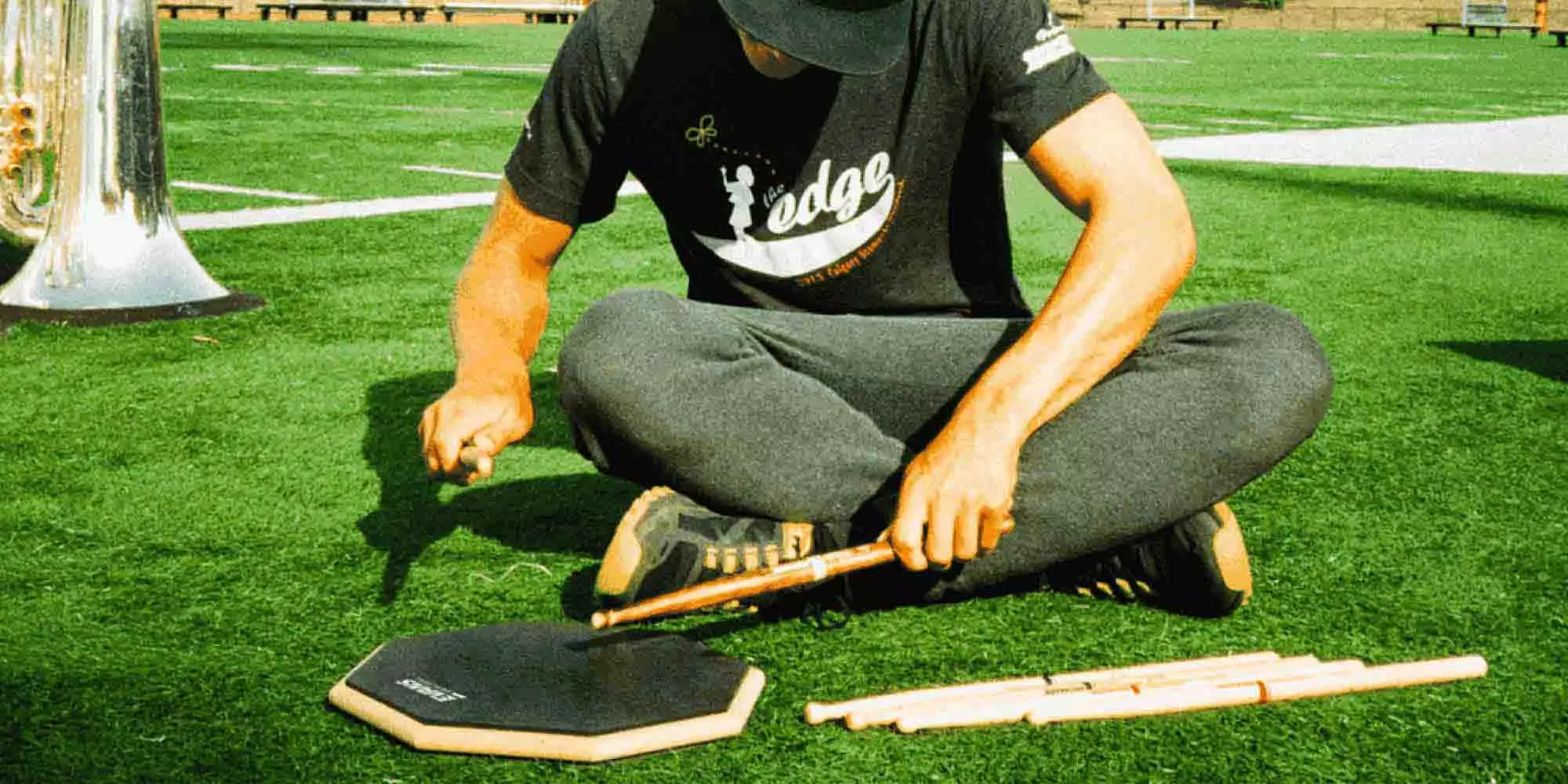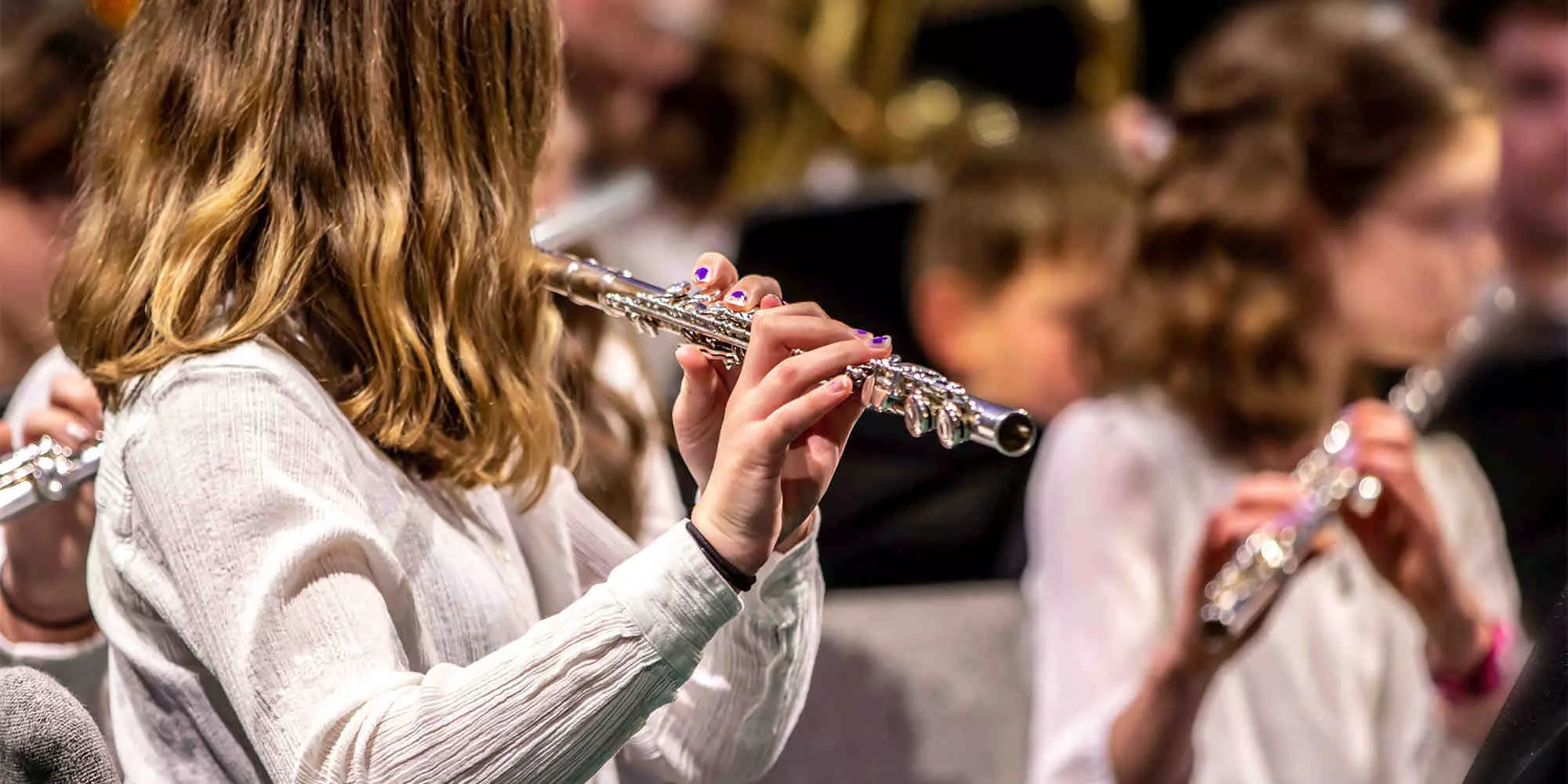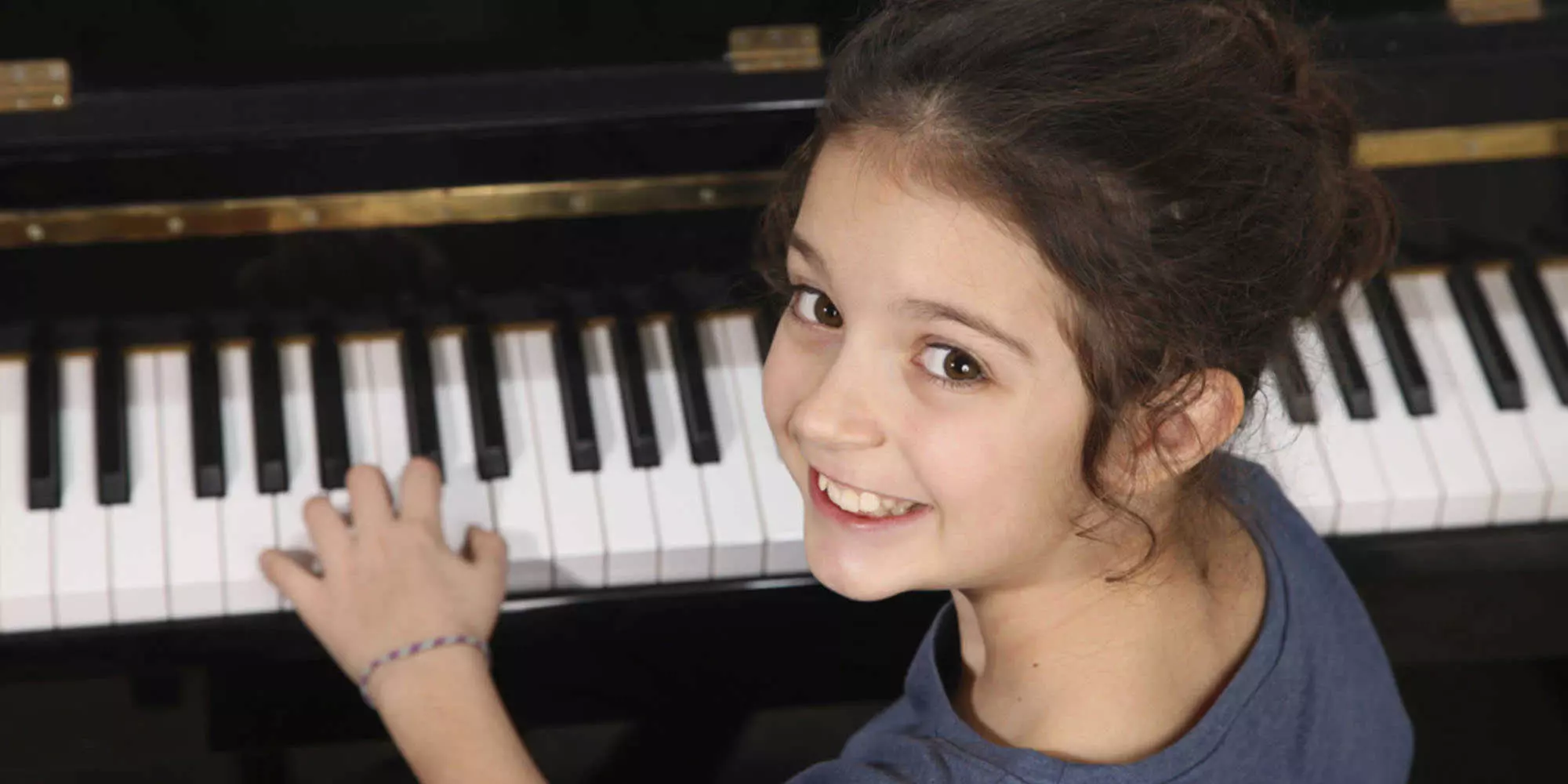Rhythmic Vocabulary

Harmony, melody, rhythm; these are the three fundamental ingredients that make up the music you hear. Whether it be beautifully complex, or downright simple, it all comes down to how the musician uses these ingredients to express his or her musical ideas.
A lot of focus is spent on the notes and tones that are being played, but often times very little focus goes into where these notes and tones are placed rhythmically. As a drum set specialist, my principal instrument is strongly rooted in rhythm, so I generally feel more inspired when jamming with other musicians who are more rhythmically creative as opposed to harmonically or melodically creative. As an educator, I’m often asked by students “How can I improve my rhythmic vocabulary?” I will always refer them to the basic 15-beat rhythmic alphabet.
Question: How many words in the English language can you spell with the 26 letter alphabet?
Answer: All of them! The more letter combinations you know and understand, the more words you will know and the more extensive your vocabulary will be. The same principle applies to rhythm, but only using 15 “Letters” or “Rhythm Codes.”
So what is this alphabet and how do we learn it? It’s actually very simple. Break down 2 Quarter Notes into 8 Sixteenth Notes (4 per beat) Be sure to COUNT OUT LOUD the 8 Sixteenth Notes like this:
After the counting is understood and consistent, you then highlight, or accent, each single beat combination from #1 to #15. Below I have included all 15 “Letters”, or “Rhythm Codes,” and highlighted each accent in RED. Be sure to have patience and only move on when each individual “Letter” is understood. Using a metronome is also highly recommended.
As you can see, every possible accent combination on the first beat of every bar has been covered. The reason I only have the accents focused on beat one of every bar is to treat beat two as a “clean slate”, which makes transitioning from pattern to pattern a little easier. The majority of these patterns should sound familiar and easily recognized.
For example, the song “Billie Jean” by Michael Jackson uses an eighth note variation of pattern #8 as a reoccurring theme:
There are definitely many other ways to combine these “Letters” to make longer or more complex rhythms. In fact, certain styles of music will use specific single-beat combinations to help define their shape, sound, and movement.
For example, the Salsa Clave uses numbers 8 and 3 to create its rhythmic foundation.
Other common patterns are the Son Clave, which is commonly found in Cuban music and uses the combination 8, 3, 3, 1. The rhythmic foundation that is closely tied to Brazilian Samba music called the Partido Alto uses 8, 9, 2, 3.
Son Clave: Partido Alto:
Melodic instruments like guitars, piano, brass, woodwinds, and strings can apply these 15 “Letters” to strengthen various techniques like picking (down/up), tapping, slurring, tonguing, pizzicato, and so on.
Remember to practice slowly and carefully. Process each beat. Allow yourself to think about the space between each note, as no sound can exist without the balance of silence. As a drummer, I can apply rudiments such as a diddle, flam, buzz, or accent to each of the patterns. If you’re interested in creating and discovering new beats or developing an overall better time feel, then that is also easily achieved with these rhythms. An easy method I use is playing steady sixteenth notes on my hi-hats with my right hand, adding snare drum on beat two with my left hand, then playing through the 15 “Letters” on the bass drum with my right foot. A more advanced variation that I’ve used for developing stronger independence with my hands is to play quarter notes on both feet while playing “Letter” #14 on the hi-hats with my left hand, then playing through all 15 on the snare drum with my right hand. Any variation can and should be played with either right-hand leading or left hand leading, as it’s important that both hands develop equally.
The main objective here is to push your creative and technical boundaries, get inspired, and have fun. After nearly two decades of intense study on the subject, I’m continuously searching for new ways to approach and interpret this rhythmic alphabet. At this point I see no end in sight, and as a creative person I find that very exciting.
***
Tim Popek earned an Associate’s Degree in Applied Music from Mohawk College, specializing in Jazz Performance on Drum Set in 2004. Since graduating, Tim has been teaching and performing throughout North America, and has made appearances in TV and film.
In 2009, he decided to continue his drumming education by studying privately with Berklee College of Music Professor Dave DiCenso.
Tim works at the Long & McQuade location in Toronto.






.webp)
.webp)



